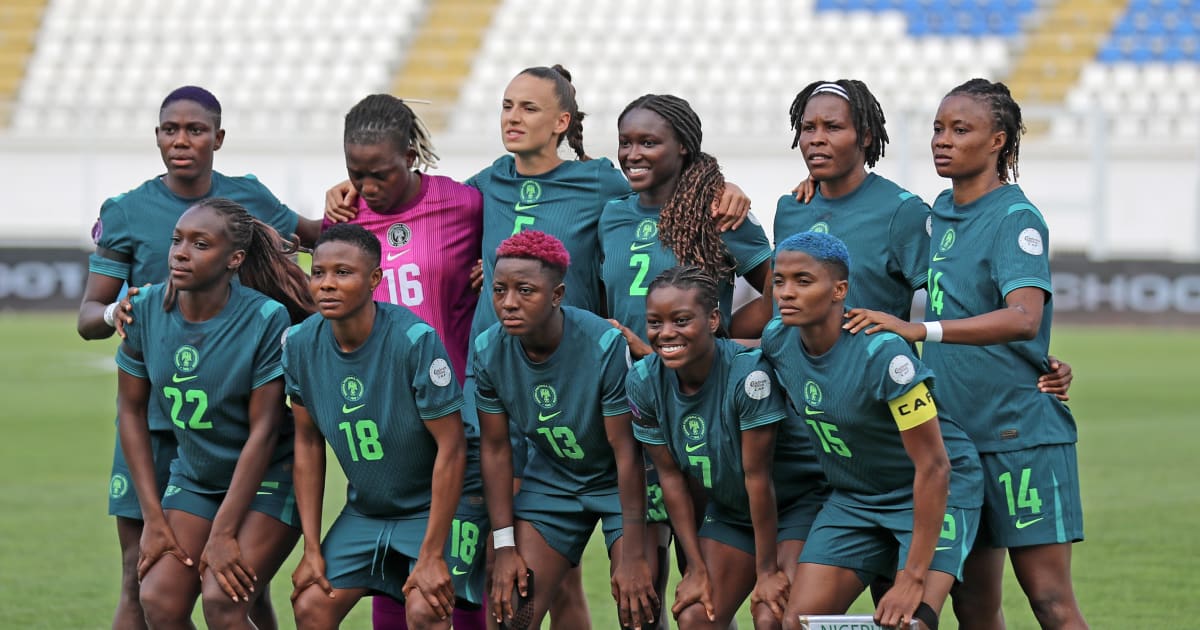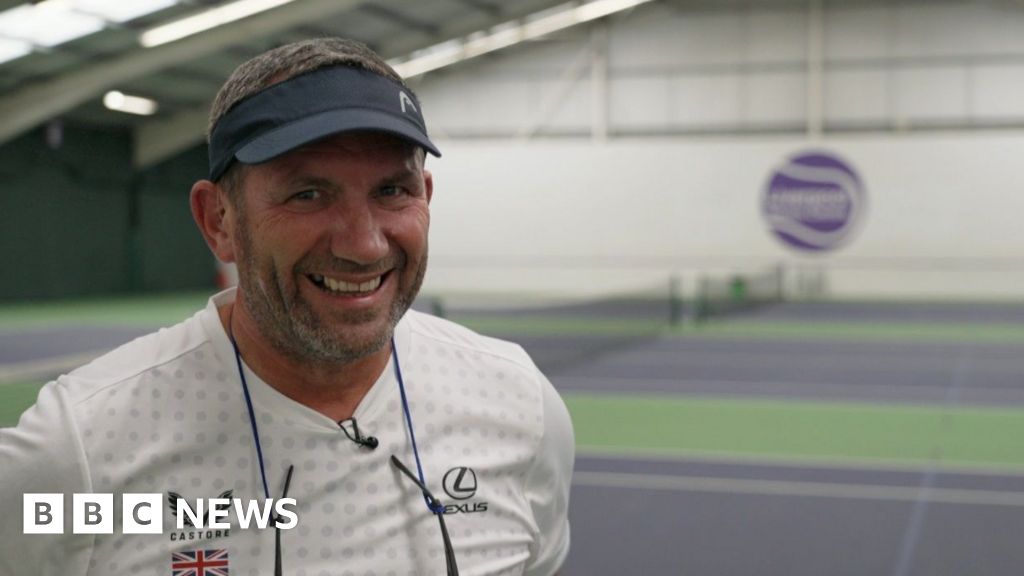Analysing Man Utd target John Victor: Aerial dominance, accurate passing and smart shot-stopping

As Manchester United look to reinforce key positions under Ruben Amorim, one name that has quietly emerged as a candidate to strengthen the goalkeeper group is John Victor of Botafogo.After a standout performance at the Club World Cup and an impressive stretch during the Brazilian domestic season, the 29-year-old is considered to be one of the most in-form goalkeepers in South America, making him a serious candidate to move to a European club this summer.But who is he, how does he compare to the Premier League’s elite crop of goalkeepers, and what could he bring to United?The Ederson parallelTo understand what makes John stand out, we should consider the clarity and quality of his distribution. Possessing the composure and technical ability to pass out from the back has become a non-negotiable for goalkeepers at top clubs — but while many modern ‘keepers are proficient in playing short to maintain possession, John flips the script: he’s at his best when going long.AdvertisementMuch like Ederson, whose direct passing transformed Manchester City’s build-up play, John can bypass entire midfields with one well-hit ball. His passes are driven rather than floated, making them harder to intercept. Whether spraying to wide areas for wingers running into space or playing over the top to stretch a defensive line, John thrives in these moments and can kick from box to box with ease.This season, John is completing long passes at a rate of 53.4 per cent, up from 50.4 per cent last year, while his overall passing accuracy has risen to 80.8 per cent. For comparison, United’s current No 1 Andre Onana — who is far more involved in build-up play and averages significantly more short and medium-range passes — had a long pass accuracy of just 36.6 per cent in the Premier League last season, with an overall passing accuracy of 72.6 per cent.While Onana’s role emphasises volume and variety in possession, John is noticeably cleaner and more efficient when asked to stretch the field. Ederson, the Premier League’s gold standard in long distribution, completed 65.3 per cent of his long passes during the 2024-25 season. Based on current numbers, John’s accuracy would have ranked him second-best in the league — a notable marker of his quality and ability to instantly turn defensive situations into attacking ones.Aerial dominanceWhen opposition attackers launch the ball in his penalty area, John makes full use of his physical presence and 6ft 5in (196cm) frame. He typically sets up from deeper positions, but once the ball is in flight, he becomes aggressive, covering ground quickly to attack crosses. His standout performance in Botafogo’s 1-0 defeat against Atletico Madrid in the Club World Cup was a clear example. He repeatedly stepped through traffic to clear danger, showing conviction and command of his area.Despite starting from a neutral position roughly three yards off his line, John shows no hesitation in extending himself nearly 10 yards to reach the edge of his penalty spot and claim the ball with authority.Here’s another example from the second half against Atletico with a similar outcome — John covers ground quickly and decisively, showing no fear of the challenge despite pressure around him, and this time opts for a strong, well-timed punch to clear the danger.Though John prefers punching over catching, his decisions are generally decisive and well-timed. In 2024, he registered 24 cross claims, matching Onana’s output in fewer matches — and doing so with a more proactive, high-impact style.For context, Emiliano Martinez (56) and David Raya (53) led the Premier League in cross claims last season, so John’s numbers would place him around the middle of the pack if extrapolated over a full campaign.AdvertisementWhether his assertive approach will carry over to the Premier League is a legitimate question. English football is uniquely physical, and attacking players are far less likely to pull out of aerial duels. Referees also tend to allow more contact in and around the six-yard box.If John overcommits in these moments, especially when his defenders are better set to handle the situation, there’s a risk that his confidence could occasionally put him in trouble.Shot-stopping upsideKeeping out shots is perhaps where John has quietly made his strongest case as a high-level performer. Expected goals on target (xGOT) is a metric that quantifies the quality of on-target shots, and it can be used to create a statistical picture of a goalkeeper’s shot-stopping. In 2024, John recorded an xGOT differential of 8.0 — meaning he prevented eight more goals than the average goalkeeper would be expected to from the shots they faced.For context, the best in Brazil that year was Fluminense veteran Fabio, who posted a league-leading 14.4. This year, John has already ‘prevented’ 3.3 goals after just 11 matches. For comparison, the Premier League’s top performer last season in this category was Ederson at 5.0.A major contributor to this success is his economy of movement. His pre-shot positioning is composed and grounded, allowing him to stay balanced and set before reacting. This gives him an ideal platform to explode toward the ball with control. Onana, for example, tends to make more exaggerated adjustments before shots — a style that has its benefits but can occasionally lead to mistimed reactions or suboptimal set positions.In terms of style and physical profile, John shares some similarities with Chelsea’s Robert Sanchez. Both are tall, athletic goalkeepers who rely on structure and presence. But where Sanchez has occasionally struggled with timing and positioning, John’s footwork in particular has been noticeably cleaner, leading to more consistent movements over the past two seasons.AdvertisementHere’s a strong example from Botafogo’s 1-0 win against Paris Saint-Germain last month, showcasing John’s poise under pressure.As Vitinha whipped in a dangerous ball, John resisted the temptation to charge out, instead staying composed with small, efficient footwork adjustments. He kept his body open to both the ball and incoming runners, maintaining balance with subtle bounding movements.That patience paid off — when the ball was eventually redirected on goal, John was perfectly positioned to make a sharp body save, spreading himself wide to deny a clear scoring chance.An important caveat…While John and Onana are both 29, their professional trajectories couldn’t be more different.Onana has played more than 400 senior games for teams in top European leagues and for his national side, Cameroon. Since making his Ajax debut in 2016, he has consistently operated at the highest level. John, by contrast, has fewer than 150 senior matches to his name, with much of his development taking place outside the European spotlight. That disparity doesn’t mean John lacks the tools to succeed — far from it — but it does raise fair questions about his ceiling and how quickly he can adapt to the Premier League’s intensity.There’s plenty to like in John’s game: the range and accuracy in distribution, the composure in aerial duels, the strong underlying shot-stopping metrics. But throwing a relatively untested player into the Premier League comes with risk.This isn’t a signing in the mould of Ederson or Alisson, who were both playing for Champions League teams when they were 23. That’s why, despite his impressive recent form and growing interest from European clubs, John is being viewed as a more tempered, strategic bet to be a high-upside No 2, rather than a ready-made Premier League starter.AdvertisementStill, should United — or any other top English club — complete the deal, it would be a smart, subtle addition. John may not generate headlines, but in a league where every squad role matters, he could quietly become one of the more important signings of the summer.(Top photo: Erick W Rasco/Sports Illustrated via Getty Images)



.jpg)




)


